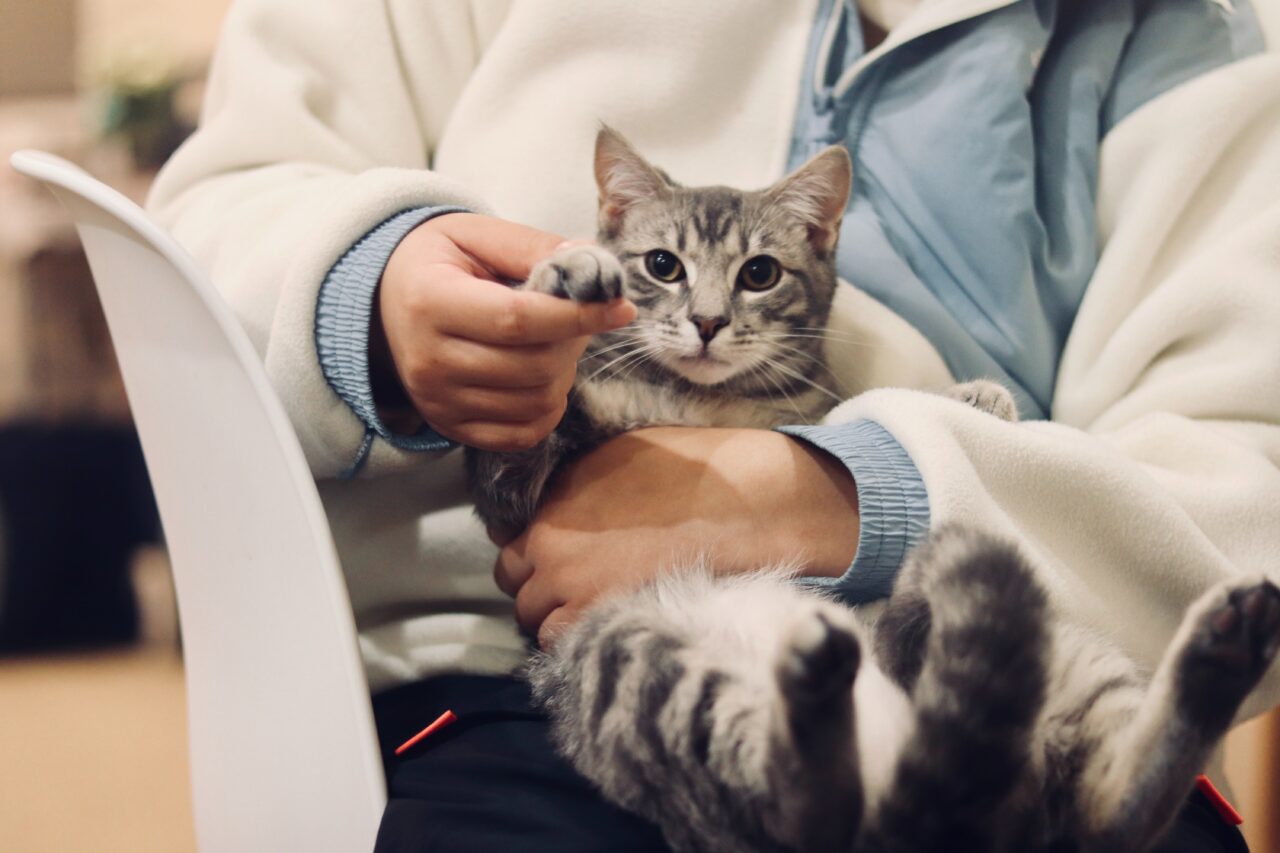
What is spaying and castration?
People often confuse spaying with castration and believe that the first operation is performed on females, and the second on males only. But both of these procedures are applicable to animals of both sexes. During sterilization, females are tied to the fallopian tubes, and males to the vas deferens. During castration, the reproductive organs are removed: the uterus and ovaries in females, testicles in males.
Why is spaying important?
A cat can give birth three times a year, 2-5 kittens at a time. From the age of five months, cubs can also give birth. If we assume that on average one cat can give birth to 12 kittens per year, then in two years all of them, together with the mother cat, will give birth to a generation consisting of 67 individuals. Within 8 years, 2,072,514 animals can be born from one unsterilized cat and its offspring. Without sterilization, the problem of homeless animals cannot be solved. Despite this, there are many unfounded fears and misconceptions about the operation. tamed a dog and a cat and made them pets.
Our pets do not live in nature, but in houses and apartments. They no longer need survival instincts, but on the contrary, they can cause discomfort, change the psyche and lead to diseases, which we will discuss below.
When we bring an animal home, we take full responsibility for its health and well-being. Neutering relieves your pet of stress and disease, improves the quality of life. Carrying out this action means showing real care for the animal. Unsterilized animals experience constant anxiety due to hormonal waves. They develop behavioral disorders: anxiety, nervousness, aggressiveness, uncleanliness, for example, a cat can start walking on the tray Sterilization dramatically reduces the likelihood of diseases. Without surgery, the first health problems – cysts and neoplasms – may appear after several births. Sterilization reduces or eliminates the risk of testicular and prostate cancer in males, and breast and uterine cancer in females.
When should spaying be performed?
Surgery is recommended after the first child. The ideal age for cats is five months, for dogs up to 20 kg up to six months, for larger breeds after growth stops at about 9-15 months of age. In addition to health problems, there are other risks, such as the possibility of launching unneutered animals runaway more. They are looking for a mate to satisfy their reproductive instinct; the male smells the female several kilometers away and runs to her. Runaway pets can get lost, get hit by a car, etc. Even if a dog or cat does not leave the apartment or walks only with a collar, sterilization is still important. Cats still have a peculiarity: they mark the apartment with urine or feces to attract females. And cats meow loudly and mark sofas, chairs or floors with urine during cat poop. After sterilization, in most cases, the animal will stop doing it.
How is spaying organized?
Sterilization is not a complicated operation, the technology of which has been worked out for a long time and is known to any veterinarian. And the high level of modern veterinary medicine minimizes possible negative consequences. Before the operation, it is necessary to show the pet to a veterinarian who will examine and, if necessary, prescribe general and biochemical blood tests. Sterilization takes place under general anesthesia, so the pet does not feel anything. Typically, the operation takes up to half an hour, and the entire procedure, from preparing the animal to coming out of anesthesia, can take up to three hours.











